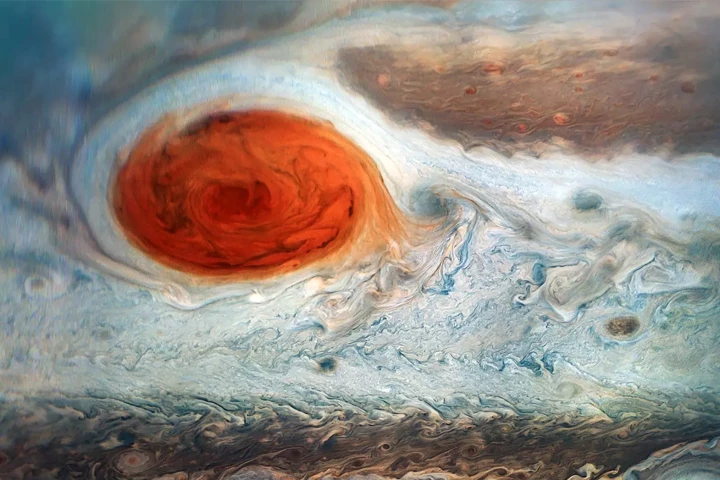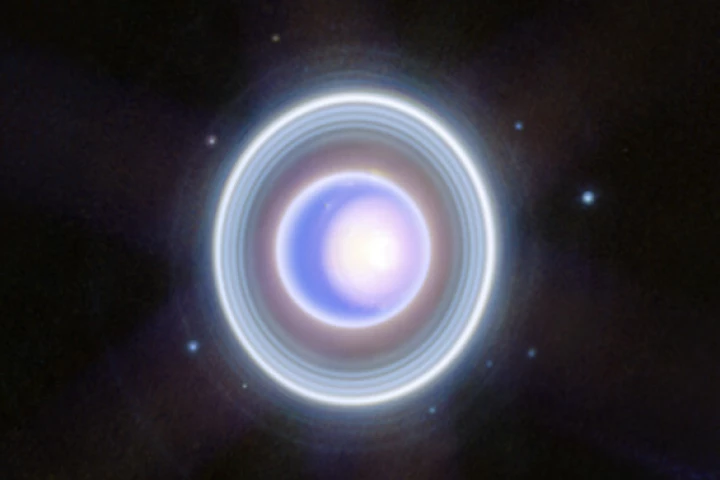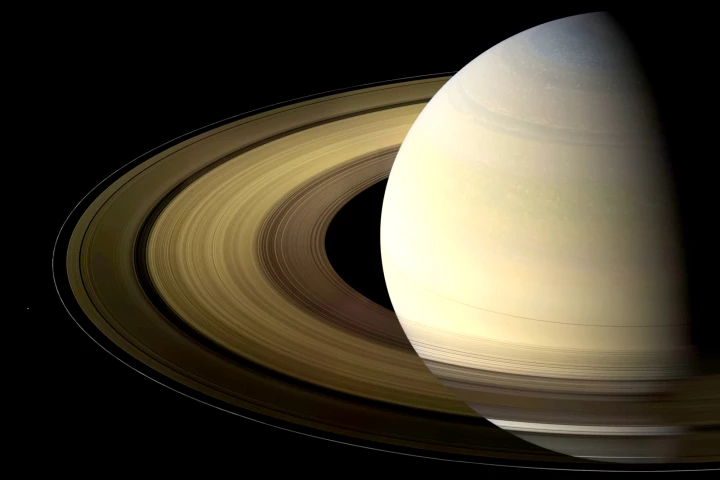Hubble
-
If you've been wondering how long the day on Uranus is, you probably need to get out more. But if you have, you'll be interested to know that observations by the Hubble Space Telescope have shown that it's 28 seconds longer than previously thought.
-
High-resolution images taken by the Hubble Space Telescope of Jupiter’s Great Red Spot have revealed that it’s not as stable as we thought. Instead, the Spot is squeezing in and out, with NASA describing it as “jiggling like a bowl of gelatin.”
-
Hubble has helped astronomers measure changes in the weather on an exoplanet. Forecasts for the planet Tylos predict a gigantic hurricane today with a top of over 3,000 °F (1,650 °C), followed by a strong chance of showers of molten iron tonight.
-
Space is one of the most versatile and photogenic subjects, and this year was no different. From a sunrise captured by the International Space Station to the most distant star ever observed, here are some of the best space photographs taken in 2023.
-
One of the biggest cosmological mysteries centers on a discrepancy in how fast the universe is expanding. A new study comes to an intriguing solution by applying a modified theory of gravity and an unsettling “supervoid” that our galaxy resides in.
-
The chances of finding extraterrestrial life have improved slightly after NASA announced that its Hubble Space Telescope has confirmed the size of an Earth-sized exoplanet only 22 light-years from Earth, the nearest that passes in front of its star.
-
The James Webb Space Telescope may have been touted a successor to Hubble, but the old-timer still has some life left in it. These two iconic instruments have now teamed up to take a deep-field image of the colorful “Christmas Tree galaxy cluster.”
-
NASA’s anticipated Roman Space Telescope is taking shape, and will soon measure light from a billion galaxies, perform a microlensing survey deep in the Milky Way, monitor hundreds of millions of stars and peer into unseen galactic neighborhoods.
-
It feels like every time astronomers get a handle on a cosmic phenomenon, a new one pops up that sends them back to the drawing board. Case in point – Hubble has spotted a burst of light in a region of space where there didn’t seem to be a trigger.
-
Black holes come in two distinct types – small and supermassive. A group in the middle has long been hypothesized to exist, and now Hubble has found some strong evidence for one of these intermediate-mass black holes in a nearby star cluster.
-
Astronomers have spotted a bizarre sight unlike anything ever seen before. A supermassive black hole has been ejected from its host galaxy, leaving a streak of light about twice as wide as the Milky Way in its wake as the shockwaves create new stars.
-
Saturn is renowned for its rings, easily visible through an ordinary telescope. Now, using observations collected over 40 years, scientists have discovered a never-before-seen interaction between the planet and its iconic rings.
Load More











